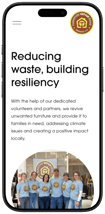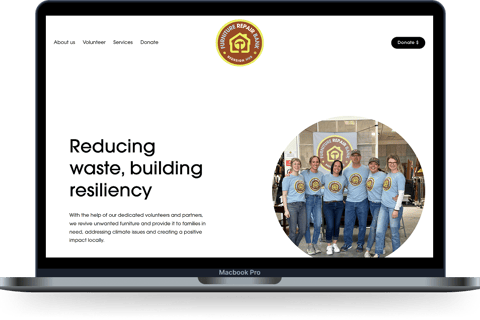Timeframe:
September 2024 - December 2024 (10 weeks)
My Responsibilities:
UX Research: Survey, Interviews, User Journey Map, Persona, Usability Testing
UX Design: Information Architecture, Wireframing, Prototyping, Visual Design
Project Manager: Competitive Analysis, Feature Prioritization
TrailVault
A locker-based gear-sharing system for hikers in the community.
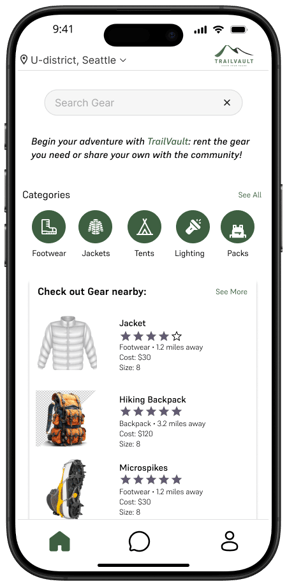

Project Overview:
As part of the Human-Centered Design and Engineering curriculum at UW, I participated in the User-Centered Design course. Collaborating within a team of four, we chose outdoor recreation, specifically, hiking as our focus area, driven by our shared passion for nature and a commitment to sustainability.
Too Long; Didn't Read



Demo Video:
Through extensive research, we uncovered a lack of rental options and guidance available to novice and intermediate hikers, which posed significant barriers to participation. In response, we designed a community-based, locker-based gear-sharing system to address these challenges, promote sustainability, and make outdoor recreation more accessible and inclusive.


The Challenge:
"How might we help make people feel more prepared and safe while hiking?"


Narrowing down the Scope:


Finding the Primary User Persona


Redefining the Design Question after Research:
"How might we help less experienced hikers feel more prepared for day hiking?"
On our journey to solve this question we started by building a strong foundation on research. Our methods included but were not limited to:
— Surveys & Questionnaires: These were instrumental in gathering large amounts quantitative and qualitative data from a diverse range of hikers, helping us understand a broad range of experiences, concerns, and preferences
— Cognitive Task Analysis: This method provided a detailed examination of the user’s cognitive processes, including sensory inputs, decision points, and actions, helping us pick successful points for intervention
— Conceptual Landscape: This method helped us map the existing products and services in the wilderness safety domain, revealing opportunities for innovation and differentiation
— Semi-structured Interviews: These in-depth conversations with both novice and experienced hikers provided rich qualitative insights into their motivations, concerns, and decision-making processes
Several key findings emerged from our research, highlighting a whitespace for us to design solutions into:
— Novice hikers often lack awareness of essential safety gear and knowledge
— Cost is a significant barrier to accessing specialized gear, limiting novice hikers’ ability to push their limits
— There is a strong desire for a supportive community where novice hikers can connect, share experiences, and learn from more experienced hikers
— Preparedness and safety are paramount concerns for all hikers, but novice hikers often feel underprepared and lack confidence in their gear and knowledge
— Even second-hand gear can be prohibitively expensive, and rental options for niche gear are often limited
Finding the Primary User Persona




Prepared Patty and Carefree Carl, though both beginner hikers, offer distinct design insights.
Patty highlights the need for reliable gear and a platform for knowledge sharing with other hikers. This could involve gear ratings, a community forums, or even guided hikes.
Carl emphasizes affordability, convenience, and social features. He helps us think about group rentals, photo sharing, and addressing common concerns. By understanding their contrasting needs, our design can cater to a wider range of hikers, creating a more inclusive and effective gear-sharing system.


Ideation and Brainstorming:


Once we had enough ideas to evaluate, we went through multiple rounds of evaluation to select the top three candidates.
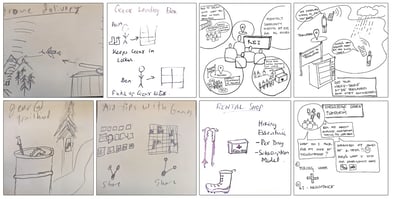

Picking the right solution
To help narrow down the ideas, we asked ourselves — What does preparedness mean to novice and intermediate hikers?
By getting to know our users, novice day hikers, we identified several obstacles that prevent many of them from advancing to the intermediate skill level. The key challenges that were recurring in our research are:
Lack of first aid knowledge
Confidence in planning and preparation
Affordability and accessibility of gear
These insights informed the 3 ideas we carried forward
The app allows users to rent gear from each other at a lower cost, while lockers provide a secure exchange system. Features include trust-building mechanisms and the ability to network for hike-specific information.
Idea 01. First Aid Information at Trailheads
Making basic first aid and rescue information accessible to novice hikers
Features include a posted sign with step-by-step instructions for emergencies and pamphlets with first aid guidance for hikers to carry.
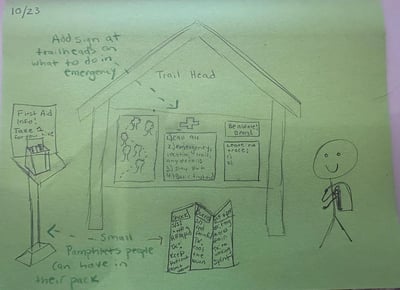

Idea 02. Plan Generator (“Plan GPT”)
Empower novice hikers through hike selection and preparation steps
Users input their hike details to receive a comprehensive guide, including packing lists, potential dangers, and route highlights. The service could adapt based on experience level and previous hikes, improving over time.
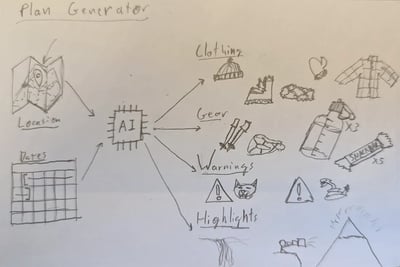

Idea 03. Rental Gear Lockers
Ensure new hikers have the right gear at the right time.
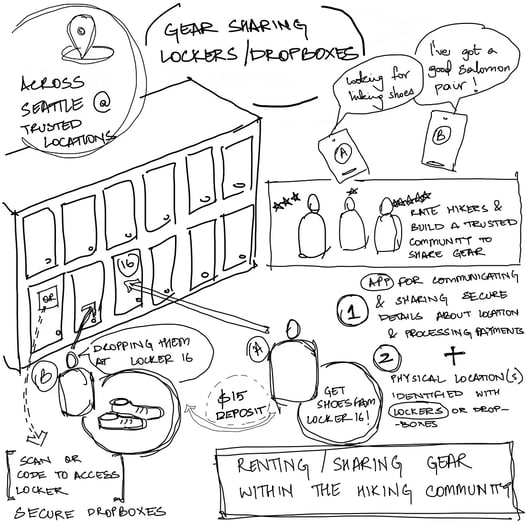

We decided to focus on making hiking gear more affordable and accessible with our concept, “TrailVault” — a locker-based gear-sharing system designed for the hiking community.
Significant barrier to entry: Beginners are often hesitant to invest in expensive equipment until they feel confident and committed to hiking.
Through our research, we identified a gap in the market: existing gear rental options are limited in variety and often prohibitively expensive when sourced from traditional gear rental companies.
TrailVault addresses these challenges by providing a convenient, neutral, and trustworthy platform for gear sharing.
The use of lockers eliminates the inconvenience of coordinating schedules or meeting users at personal locations.
Instead, it creates a seamless, community-driven experience where users can share gear securely, fostering credibility and trust within the TrailVault network.
Final Design Question:
"How might we help less experienced hikers feel more prepared with gear for day hiking?"
Storyboards - envisioning the use of TrailVault:




Information Architecture of the Mobile App:


Usability Testing Insights:
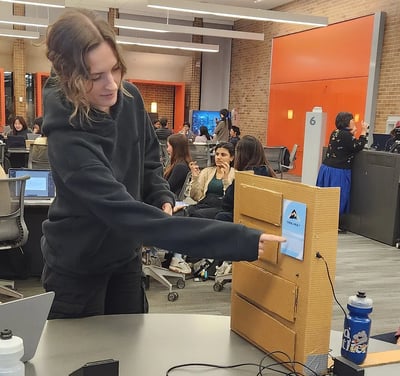

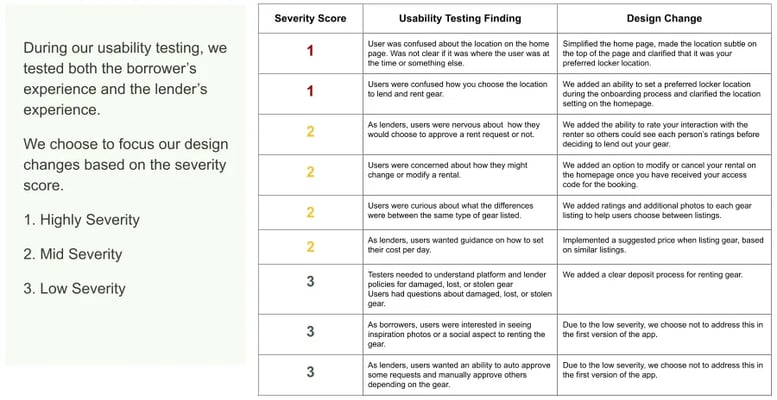

Final Prototypes:




Future Scope:
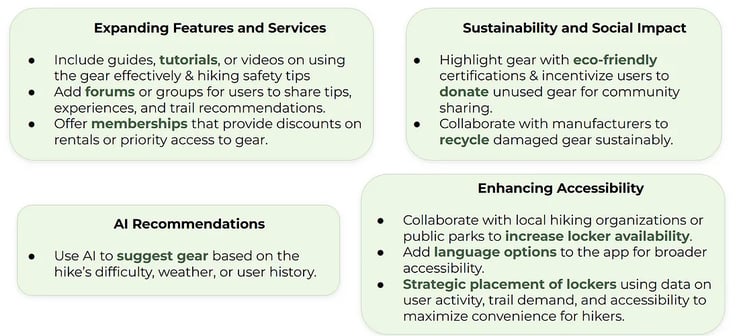

Reflections & Takeaways:
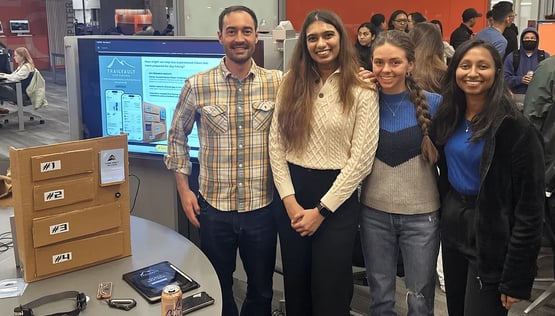

Conducting user research revealed how diverse hikers' needs are, which deepened my understanding of designing for varied user personas.
I also learned to ask the right questions during interviews to uncover pain points and motivations effectively.
Improved the product through prototyping and iterative feedback cycles, refining confusing navigation flows.
This project highlighted the iterative nature of design, where initial concepts evolve based on research and user feedback.
Working with a diverse team from all sorts of backgrounds was such a blast—through the highs, lows, and those nail-biting deadlines, we pulled together and crushed it to finish the project!
Furniture Repair Bank
As a part of Design for Passion'24 at UW, I volunteered to transform the NGO's website by tackling key user frustrations around finding essential information. By conducting in-depth UX Research and a thoughtful Redesign, we streamlined the site’s structure and presentation, delivering a more intuitive experience that significantly reduced confusion and inquiries.






